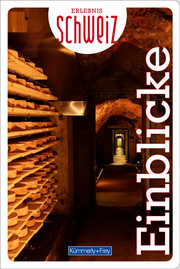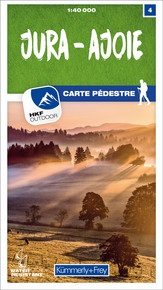Visiting the big cave hall with stalactites and stalagmites
Well over 100 years ago, the caves at Réclère were discovered and made accessible to visitors. The guided tour of the caves (closed during the winter months) lasts one hour, one walks 1,5 kilometres on paths, partly with railings, the cave temperature is 7°C. Right next to the caves is the Préhisto Park. On the two-kilometre-long forest path there are over 40 life-size replicas of dinosaurs and other animals - a must for families with children.
On the guided cave tour with 500 steps you pass stalagmites and stalactites and enter the big "hall". The mysterious underworld fascinates with bizarre stalactites and mysterious stone formations. The "Dom" is 15 metres high and is still the largest stalagmite discovered in Switzerland. Another discovery is the elegant "pagoda", the enigmatic structure that allows one to guess a face in profile.
"Stalactites" are stalactites hanging from the ceiling of the cave, their counterparts are the stalagmites, columns rising from the ground. There are many mnemonics, in French the StalakTites are "ceux qui Tombent" and the StalagMites are "ceux qui Montent".
Because of its carbon dioxide (CO2) content, rainwater can dissolve calcium carbonate (lime, CaCO3) from limestone. When reaching the ceiling of a cave, this solution flows along existing crevices in the rock and when air enters the cave, the CO2 escapes as drops are formed and crystalline CaCO3 precipitates - the water evaporates, leaving behind lime, which over thousands of years forms the stalactites. Stalactites therefore usually have a stalagmite underneath them as a counterpart, since CaCO3 is released again when the drop falls and hits the ground. Stalactites grow so big that they fall down because of their own weight, or grow together with a stalagmite.

Arrival:
By train from Delémont to Porrentruy. From Porrentruy station, a bus runs via Courtedoux to the caves of Réclère. Parking spaces at the caves.
Another tip:
Jurassica nature trail Courtedoux - 150 million years old traces of dinosaurs that lived on the beach of the Jurassic Sea.













